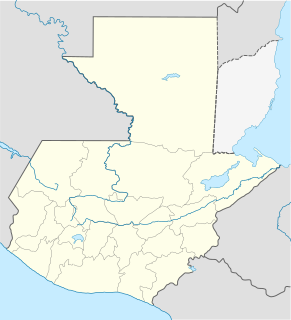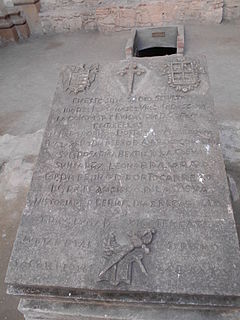| Tojolabal | |
|---|---|
| Tojolꞌabꞌal | |
| Native to | Mexico |
| Region | Southeast Chiapas |
| Ethnicity | Tojolabal |
Native speakers | 51,733 (2010 census) [1] |
Mayan
| |
| Language codes | |
| ISO 639-3 | toj |
| Glottolog | tojo1241 [2] |
Tojolabal is a Mayan language spoken in Chiapas, Mexico. It is related to the Chuj language spoken in Guatemala. Tojolabal is spoken especially in the departments of the Chiapanecan Colonia of Las Margaritas by about 20,000 people.[ when? ]
Chuj is a Mayan language spoken by around 40,000 members of the Chuj people in Guatemala and around 3,000 members in Mexico. Chuj is a member of the Qʼanjobʼalan branch along with the languages of Tojolabʼal, Qʼanjobʼal, Akateko, Poptiʼ, and Mochoʼ which, together with the Chʼolan branch, Chuj forms the Western branch of the Mayan family. The Chujean branch emerged approximately 2,000 years ago. In Guatemala, Chuj speakers mainly reside in the municipalities of San Mateo Ixtatán, San Sebastián Coatán and Nentón in the Huehuetenango Department. Some communities in Barillas and Ixcán also speak Chuj. The two main dialects of Chuj are the San Mateo Ixtatán dialect and the San Sebastián Coatán dialect.

Guatemala, officially the Republic of Guatemala, is a country in Central America bordered by Mexico to the north and west, Belize and the Caribbean to the northeast, Honduras to the east, El Salvador to the southeast and the Pacific Ocean to the south. With an estimated population of around 16.6 million, it is the most populated country in Central America. Guatemala is a representative democracy; its capital and largest city is Nueva Guatemala de la Asunción, also known as Guatemala City.

Las Margaritas is a city, and the surrounding municipality of the same name, in the Mexican state of Chiapas. The municipal seat is located some 25 km to the northeast of Comitán de Domínguez, while the municipality extends to the east as far as the border with Guatemala. Part of the Lagunas de Montebello National Park is in the municipality's territory.
The name Tojolabal derives from the phrase [tohol aˈbal], meaning "right language". Nineteenth-century documents sometimes refer to the language and its speakers as "Chaneabal" (meaning "four languages", possibly a reference to the four Mayan languages -- Tzotzil, Tzeltal, Tojolabal, and Chuj—spoken in the Chiapas highlands and nearby lowlands along the Guatemala border).

Tzotzil is a Maya language spoken by the indigenous Tzotzil Maya people in the Mexican state of Chiapas. Most speakers are bilingual in Spanish as a second language. In Central Chiapas, some primary schools and a secondary school are taught in Tzotzil. Tzeltal is the most closely related language to Tzotzil and together they form a Tzeltalan sub-branch of the Mayan language family. Tzeltal, Tzotzil and Chʼol are the most widely spoken languages in Chiapas.

Tzeltal or Tsʼeltal is a Mayan language spoken in the Mexican state of Chiapas, mostly in the municipalities of Ocosingo, Altamirano, Huixtán, Tenejapa, Yajalón, Chanal, Sitalá, Amatenango del Valle, Socoltenango, Villa las Rosas, Chilón, San Juan Cancun, San Cristóbal de las Casas and Oxchuc. Tzeltal is one of many Mayan languages spoken near this eastern region of Chiapas, including Tzotzil, Chʼol, and Tojolabʼal, among others. There is also a small Tzeltal diaspora in other parts of Mexico and the United States, primarily as a result of unfavorable economic conditions in Chiapas.
Anthropologist Carlos Lenkersdorf has claimed several linguistic and cultural features of the Tojolabal, primarily the language's ergativity, show that they do not give cognitive weight to the distinctions subject/object, active/passive. This he interprets as being evidence in favor of the controversial Sapir-Worf hypothesis.
The hypothesis of linguistic relativity holds that the structure of a language affects its speakers' world view or cognition. Also known as the Sapir–Whorf hypothesis, or Whorfianism, the principle is often defined to include two versions: the strong hypothesis and the weak hypothesis:
Tojolab'al-language programming is carried by the CDI's radio station XEVFS, broadcasting from Las Margaritas.







